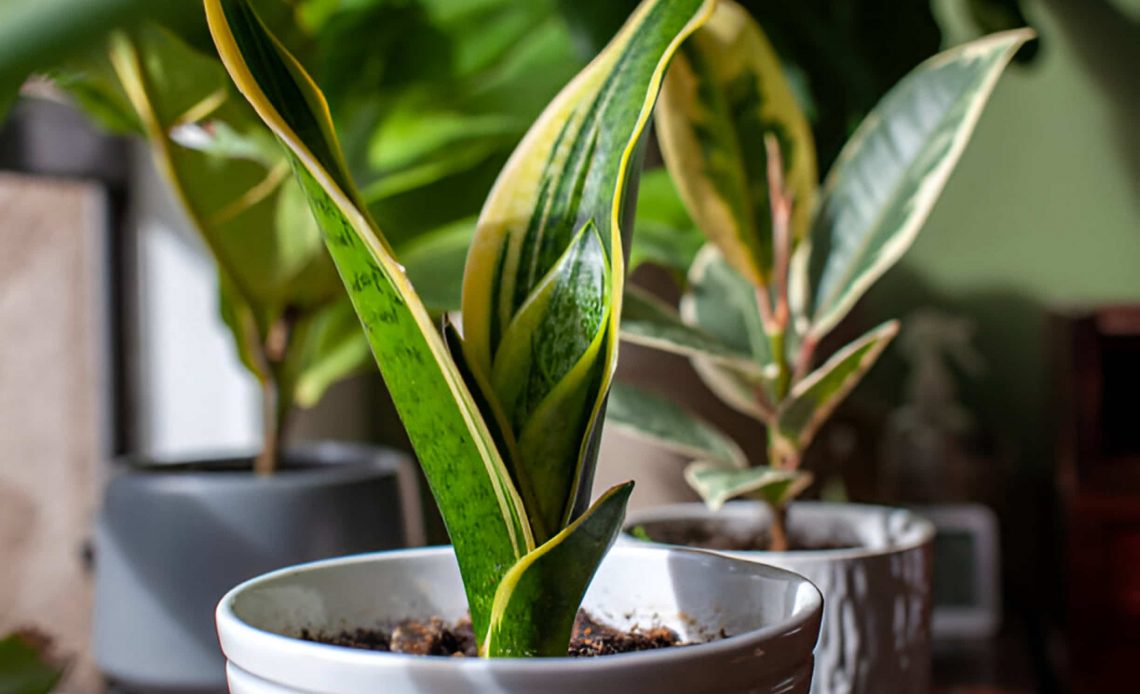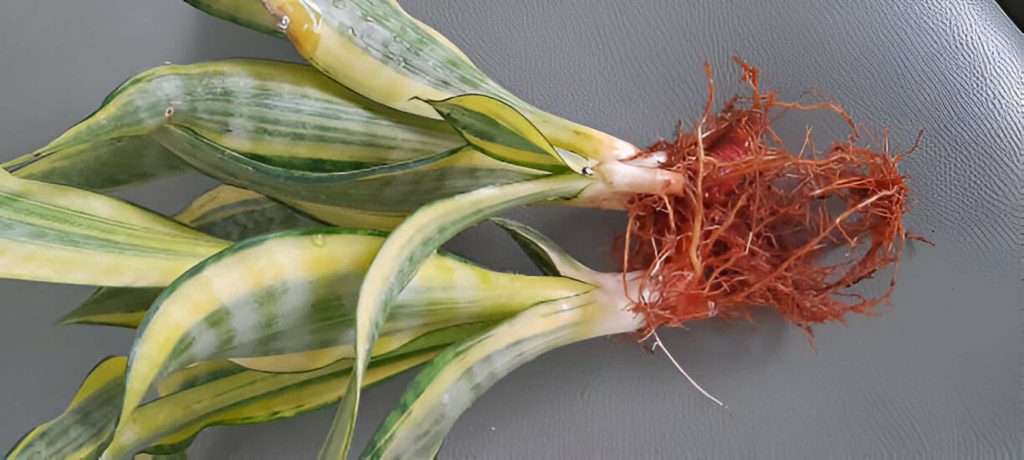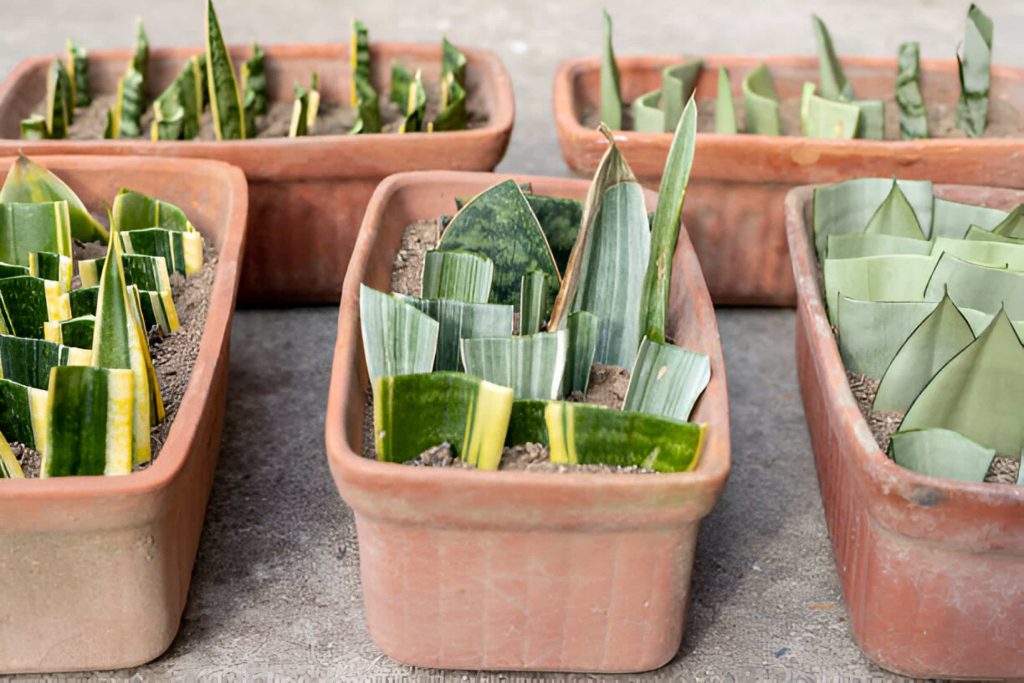
Propagating a snake plant is a rewarding experience that allows you to multiply your beloved greenery. The snake plant, also known as Sansevieria, is a resilient and popular houseplant, cherished for its easy care and striking foliage. If you’re looking to multiply your green friends without purchasing new ones, learning to propagate a snake plant is an excellent solution. Propagation not only helps in expanding your plant collection but also serves as a creative way to share these beautiful plants with friends and family. Whether you’re a seasoned gardener or a budding plant enthusiast, the process of propagation can be both fun and fulfilling.
Starting with the basics, one can propagate a snake plant in water or soil, with each method offering its own set of advantages. Water propagation allows you to observe the roots as they grow, providing a unique visual experience and the satisfaction of watching your efforts come to fruition. On the other hand, propagating directly in soil can be a more straightforward approach, as it eliminates the need for a transition from water to soil later on. Whichever method you choose, patience and proper care are key to successfully propagate snake plant from leaf cuttings and enjoy the emergence of new life from a single leaf.
Propagate a Snake Plant

The Snake Plant, also known as Sansevieria, carries a profound meaning in the realm of houseplants. snake plant smbolizes longevity, protection, wisdom and good fortune, it’s a plant that’s not only admired for its striking appearance but also for its supposed ability to purify air and ward off negative energies. Propagating a Snake Plant is a simple yet fulfilling process that allows you to share its meaningful presence with friends and family. By cutting a healthy leaf into sections and planting them in soil or water, you can nurture new growth, which metaphorically represents the plant’s enduring spirit and the spreading of good fortune. As each new Snake Plant takes root, it continues the cycle of growth and renewal, embodying the resilience and protective qualities attributed to it.
Can you propagate snake plant? Yes, of course! But, how to propagate a snake plant? Propagation of the Snake Plant is as simple as it is rewarding. It offers a unique opportunity to multiply your collection. The process involves separating a part of the plant—typically a leaf or a section of the rhizome—and encouraging it to take root and grow into a new plant. This not only extends the life cycle of your beloved Snake Plant but also helps in preserving this species for future generations to enjoy. Whether you’re looking to expand your indoor jungle or just starting out, propagating a Snake Plant is a gratifying endeavor that promises new growth and greenery.
A LIST OF SUPPLIES NEEDED TO PROPAGATE A SNAKE PLANT
Before you start propagating your snake plant, gather the necessary supplies. Depending on the method you choose, you’ll need:
- Division Method:
- A mature snake plant with multiple shoots (pups)
- Clean, sharp knife or pruning shears
- Potting mix or well-draining soil
- Pots or containers for the new plants
- Water Method:
- Healthy snake plant leaves
- A container or glass filled with water
- Toothpicks or skewers
- Optional: rooting hormone (to speed up the process)
- Soil Method:
- Healthy snake plant leaves
- Well-draining potting mix
- Pots or containers
- Optional: rooting hormone
- Seed Method:
- Snake plant seeds (Note: Snake plants rarely produce viable seeds, so this method is less common.)
1. Water Propagation
Pros:
- Simple and beginner-friendly.
- No soil required.
- Allows you to observe root development.
Cons:
- Slower growth compared to other methods.
- Risk of overwatering.
Steps for Water Propagation:
- Cut a mature leaf from your snake plant.
- Place the cut end of the leaf in a jar or vase filled with a couple of inches of water.
- Put the container in a bright spot.
- Refresh the water and rinse the container once a week.
- Roots should form at the base of the cutting in about two months.
- Once roots develop, plant the rooted cutting in a container filled with houseplant potting mix.
2. Soil Propagation

Pros:
- Faster growth compared to water propagation.
- Less risk of overwatering.
- Suitable for larger snake plants.
Cons:
- Requires well-draining soil.
- Slightly more effort than water propagation.
Steps for Sansevieria Soil Propagation:
- Cut a mature leaf from your snake plant.
- Allow the cut end to dry and callous for a day or two.
- Plant the calloused end in a container filled with sandy, well-draining potting mix.
- Water the soil lightly and place the container in bright, indirect light.
- Keep the soil consistently moist but not waterlogged.
3. Plant Propagation by Division
Pros:
- Produces snake plants that look exactly like the parent plant.
- Ideal for large snake plants.
Cons:
- Requires mature plants with multiple stems.
- More involved process.
Steps for Division Propagation:
- Remove the entire snake plant from its pot.
- Separate the tightly tangled root ball into sections, ensuring each division has at least three leaves and accompanying roots.
- Plant each division in moist potting mix in a container with drainage holes.
- Water well and place the newly potted plants in bright, indirect light.
4. Rhizome Propagation

Pros:
- Similar to division but focuses on rhizomes.
- Produces new plants with the same leaf coloring as the original plant.
Cons:
- Requires mature plants.
- Limited to certain varieties.
Steps for Rhizome Propagation:
- Identify the rhizomes (horizontal underground stems) of your snake plant.
- Separate the offsets from the rhizome.
- Plant the offsets individually in well-draining soil.
- Water and provide bright, indirect light.

Also Read: 7 Easy Steps to Propagate Alstroemeria from Cuttings
Is it easier to use soil or water to propagate snake plants?
Both methods work well, but soil propagation is less likely to cause rot.
What is the fastest way to propagate a snake plant?
Division is the fastest method if you have a large plant.
When is the best time to propagate a snake plant?
Spring and summer (during active growth) are ideal.
When will the new snake plant start growing?
New shoots should appear within a couple of months.
Why won’t my snake plant grow?
Ensure proper light, well-draining soil, and avoid overwatering.
How long does it take to propagate a snake plant?
Patience is key when it comes to propagating snake plants. It typically takes between one to four months for new roots to develop on a cutting. You might even wait even longer before you see new leaf growth.
Remember that unique foliage patterns (such as variegation) may be lost when propagating snake plants. However, the joy of watching new shoots emerge makes the wait worthwhile! Adding a snake plant to your interior not only elevates the aesthetic appeal but also brings the snake plant benefits into play, such as cleansing the air, uplifting your mood, and demanding minimal care.
